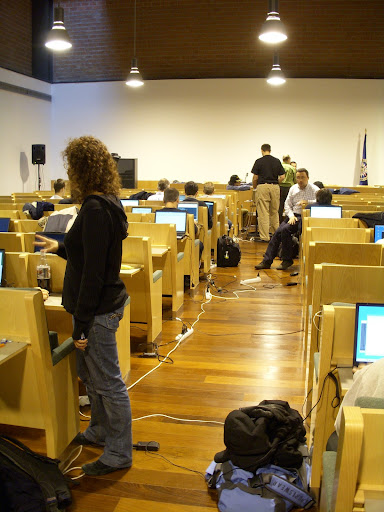Bill Arden
Computer Programmer
For the same amount of work and less liability, you could invent a freezer that will stay cold for longer in a power outage. I see CO2 tank with a solenoid valve that opens to trickle liquid CO2 into a dry ice generator when the power drops.
*grins and says sarcastically* (no offense intended)
1. If you use R-744 Freon (Co2) or vent it without a license you will get a big fine.
2. You need a license to re-fill that Co2 tank.
3. Storing pressurized Co2 Tanks in a residence is also dangerous.
*sighs*
One thought would be a brine and water ice tank. There is a site (I can't remember the link) where this guy shows how his heat pipe based freezer works. It freezes ice during the winter and then stays frozen all summer.
Scaling this down could be as simple as packing some of those "blue ice" packs in the freezer and bottles of something in the fridge.
What I'm saying is that people have to chose between buying off the shelf items that are UL approved OR they can do "research" and build what they want to as long as it's not part of the house wiring.
I've done UL testing and it's more about liability and not about product safety. I once had a UL approved power strip short out and smoke. It was poorly designed and could have done more than smoke, but it was UL listed since the chances of it starting on fire was low.
We sometimes have to ask ourselves where we draw the line between safety and cost. In Europe for example they decided that outlets must be safer than here in the us. There outlets are huge and expensive. Here in the US on the other hand we allow people to drive while talking on cell phones...


